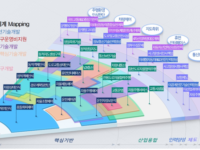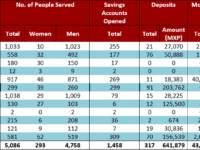Case Study
The Public Private Collabroation model, eZdorovya, and the transformation of the healthcare system…

17 million of people joined the eHealth in less than 6 months, which is every third Ukrainian. Such growth determined by the Public Power Corporation model of organizational process of the eHealth implementation in Ukraine. It was developed by the state-owned enterprise eZdorovya in cooperation with the government, business, IT and civil society. It enables to create a national highly secure eHealth system fast, effectively and transparently. Today, the eHealth in Ukraine is one of the key…


